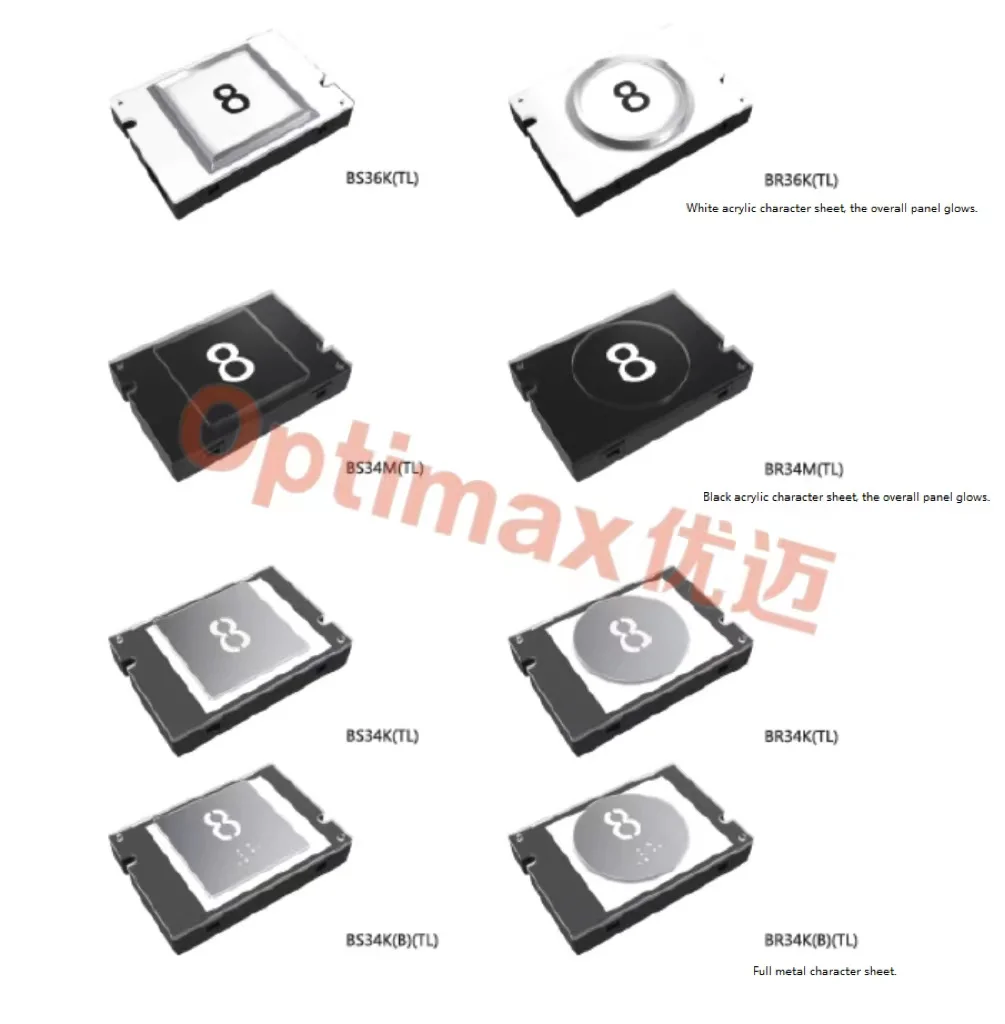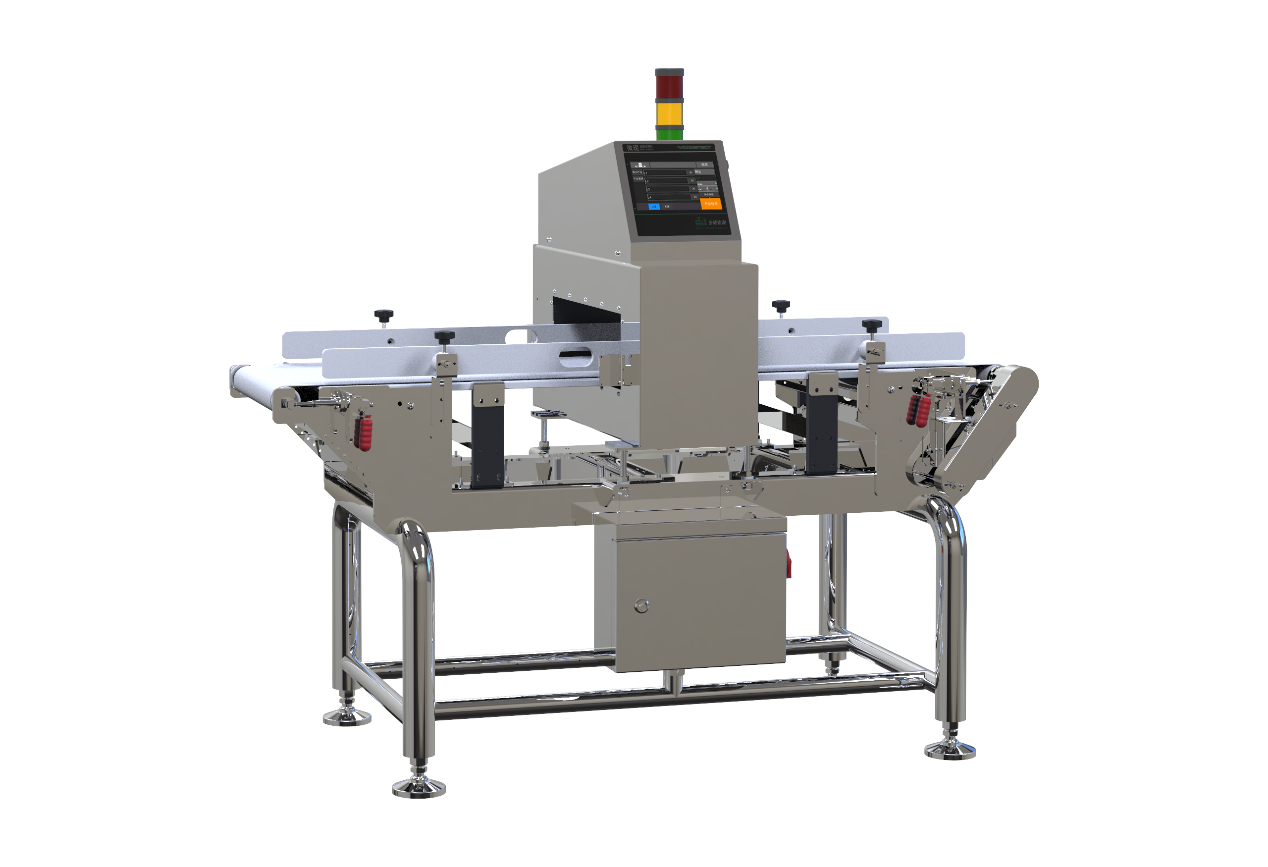Elevator Touch Buttons: Enhancing User Experience and Modern Building Design
In the modern age, elevators have become an indispensable part of our daily lives. They are essential for residential and commercial buildings, facilitating easy vertical transportation between floors. As technology continues to evolve, so do the systems and controls that operate these machines. One such innovation that has significantly improved user experience and convenience is the elevator touch button. This advancement represents a significant leap forward from traditional mechanical buttons, offering greater ease of use, enhanced functionality, and improved aesthetic appeal. The elevator touch button has rapidly gained traction in modern elevator systems, replacing the traditional mechanical push-button controls. These touch-sensitive buttons are more hygienic and offer a host of other benefits, including durability, sleek design, and ease of use. This article Optimax will explore the elevator touch button's role in transforming vertical transportation systems.
What is an Elevator Touch Button?

An elevator touch button is an advanced control mechanism used to call or navigate an elevator. Unlike traditional mechanical buttons that require physical pressing, touch buttons utilize capacitive or resistive technology to detect the presence of a user's touch, activating the button without the need for physical force. This technology allows users to simply touch the button's surface to operate the elevator.
Elevator touch buttons are typically made from durable materials such as tempered glass, stainless steel, or acrylic. They are designed to be sleek, modern, and visually appealing, often integrating seamlessly with the overall interior design of the elevator cabin. These buttons are equipped with backlighting, making them highly visible even in low-light conditions.
The touch-sensitive interface offers a more intuitive and user-friendly experience compared to mechanical buttons, eliminating the need for forceful pushing, which can be uncomfortable or difficult for some users. This advancement not only improves accessibility but also ensures that the elevator control system operates smoothly and efficiently.
The Role of Elevator Touch Buttons in Modern Building Design
As the design of modern buildings continues to evolve, so do the technologies that serve these structures. Elevator touch buttons have become an integral part of contemporary elevator systems due to their role in improving user experience and supporting modern architectural trends.
Integration with Smart Building Systems
In today's smart buildings, the elevator touch button plays a crucial role in integrating elevator systems with other technologies. Many elevators are now connected to smart building systems that allow users to control various aspects of the building, including lighting, security, and climate, all from a central control panel or mobile app. The touch button can be linked to these smart systems, allowing users to interact with the elevator in ways that were previously impossible. For example, users can use their smartphones to call the elevator, set preferences for their ride, or even personalize the interior lighting or temperature. The elevator touch button serves as the focal point of this smart integration, enabling seamless communication between the user and the building's technology.
Enhancing Building Aesthetics
Architects and designers are increasingly incorporating elevator touch buttons into their building plans to create visually stunning and user-friendly elevator interiors. The sleek and minimalist design of the touch buttons helps to maintain a modern and elegant aesthetic, which is especially important in commercial buildings and luxury residential complexes. Elevator cabins are often designed as part of a building's overall theme, and the control panel is a significant element of this design. The touch-sensitive interface of the elevator buttons allows for a more customizable and streamlined look, which can elevate the appearance of the entire elevator system.
Energy Efficiency
Modern elevator systems, including those that feature elevator touch buttons, are designed with energy efficiency in mind. Many elevators with touch buttons are equipped with advanced sensors that detect when the button has been activated and automatically adjust the energy consumption of the elevator. This helps to reduce energy waste and lowers the overall operational costs of the building. For instance, touch buttons integrated with motion sensors can be set to activate only when a user is in proximity, reducing unnecessary energy consumption. This technology aligns with the increasing focus on sustainability in building design and operations.
Security Features and Customization
Elevator touch buttons can be customized to include various security features that enhance the overall safety and security of the building. For instance, the buttons can be programmed to restrict access to certain floors or to require a user authentication process before the elevator can be called. This is particularly useful in buildings with restricted access areas, such as corporate offices, luxury apartments, or hotels. By integrating touch buttons with security systems such as keycards, biometric scans, or PIN codes, building managers can control who has access to specific floors, ensuring greater privacy and security for tenants and staff.
The elevator touch button represents a transformative advancement in elevator control systems. Offering a blend of style, durability, hygiene, and functionality, touch buttons have become a staple in modern elevator design, providing a user-friendly interface that enhances both the aesthetics and accessibility of elevator systems. With their integration into smart building systems and their adaptability to various security and customization needs, elevator touch buttons are changing the way people interact with elevators, making them more intuitive, efficient, and appealing. As elevator systems continue to evolve alongside the development of smart buildings and sustainable architecture, the role of the elevator touch button in facilitating vertical transportation will only become more significant. By providing a smooth, hassle-free user experience, these advanced control systems will continue to redefine how we move within buildings, ensuring that our journey from one floor to the next is as seamless and convenient as possible.
https://www.xizi-ec.com/Touch-button.html
www.xizi-ec.com
Hangzhou Optimax Tech Co., Ltd.


Average Rating